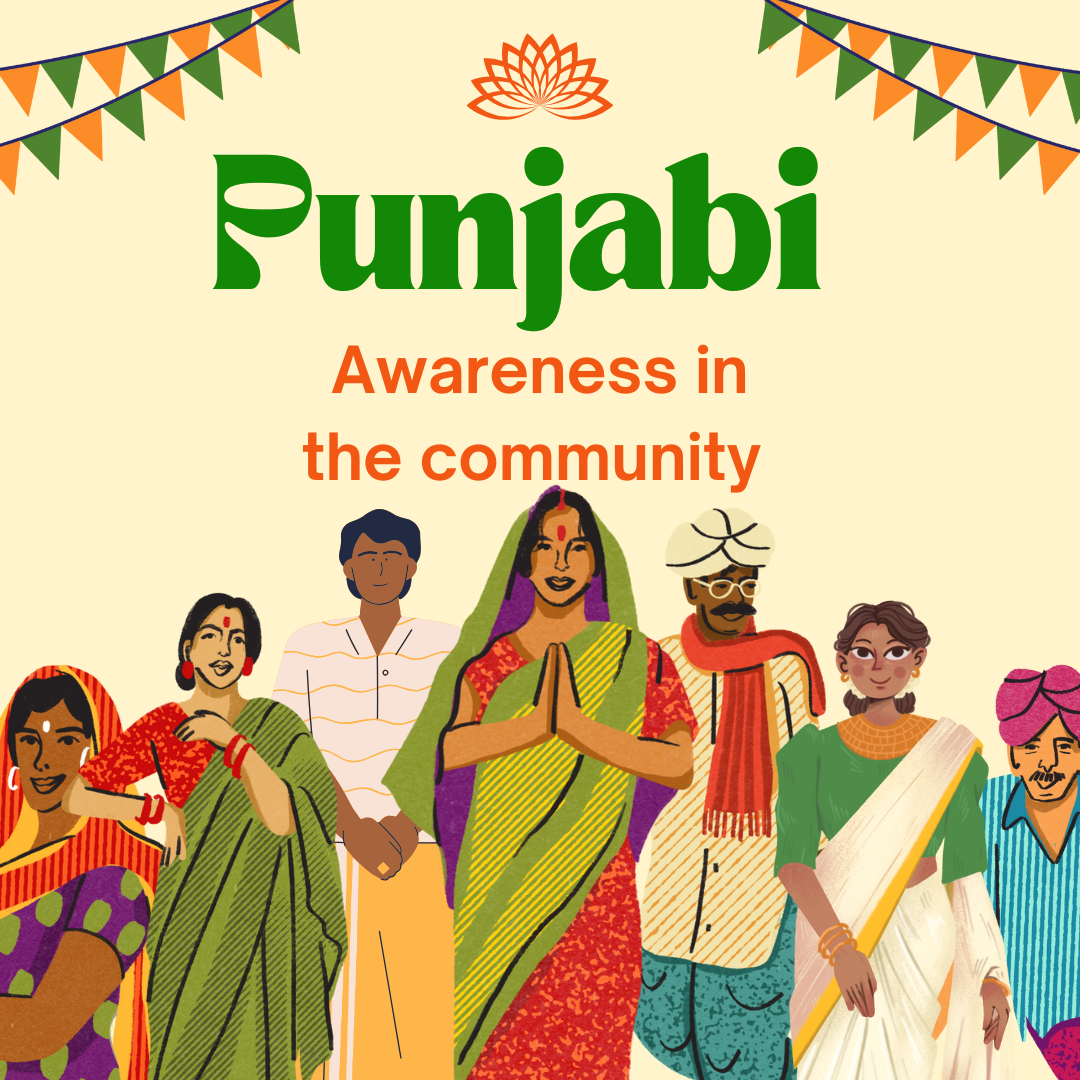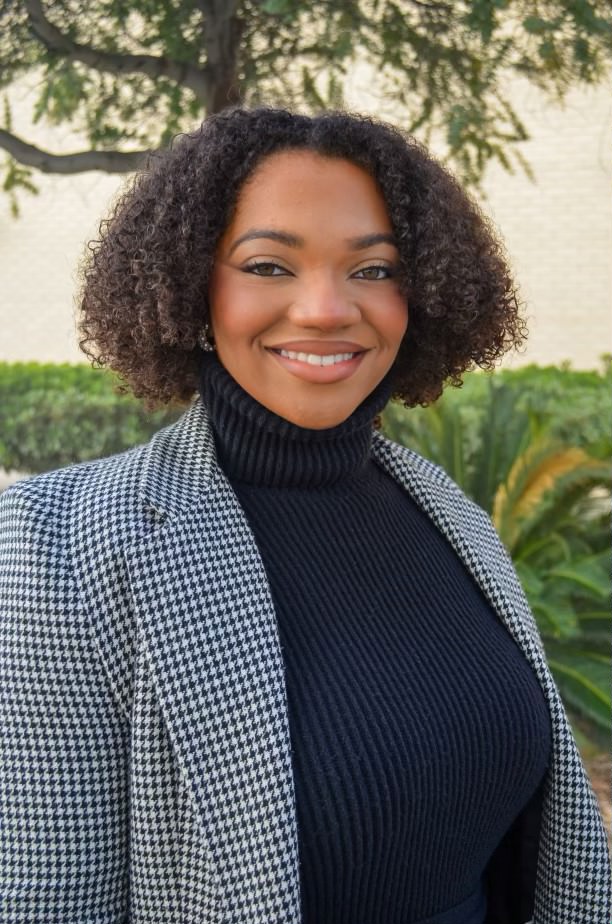Kristen Garza
Staff Writer
Many individuals with tattoos face the possibility of being judged for their body art. Despite a gain in popularity over the last few decades, tattooed people continue to face a
negative stigma.
For Bakersfield residents looking to express their individuality, they persist and stand by their body art.
People acquire tattoos for many reasons that are often sentimental. Perhaps the portrait of a pet captures a time when that person was bullied or abused and the only acceptance they felt was from their pet.
It’s possible that tattooed song lyrics or a bible verse helps that person endure a divorce or gives them inspiration and power to persevere. In some cases, survivors of cancer or other diseases seek out tattoos to remind them of their struggles and strengths.
Tattoos can stand as reminders of lost loved ones, as well. Mandie Dixon, a 30-year-old stay-at-home mom, explained the origin of her lavender cancer ribbon tattoo.
“Every day it’s a reminder to me to be thankful for the life that I have because [my aunt] had to fight for hers,” said Dixon.
The stories behind the works of art are often unique, emotional and interesting, but sadly the old adage of not judging a book by its cover is often forgotten in the case of tattoos.
Another unique perspective comes from Khristyn Webb, a 23-year-old senior biology major who is partial to her tattoo of an anime character.
“I was drawn to the character, Cheza, because she acts as the gateway to their heaven and salvation. I connect with that, although I’m not religious, part of me wants to know that there’s something good at the end,” Webb said.
For those who wear their art proudly, stares and whispers are easily ignored, whereas for others the negative attention is defeating.
“One time a lady came into a shop I worked at, I think she was trying to prove to her teenager that tattooed people were trashy, and she was condescending, presumptuous and treated me like I was the devil’s concubine,” said Karin Ackerman, a 42-year-old tattoo artist.
In the past, tattoos were most commonly found on sailors, coal-miners, gang members and convicts. However, times have changed and ministry leaders, mothers, and doctors now have tattoos.
Josh Haidze, a 24-year-old apprentice tattoo artist at Black Shamrock, said that he believes that media makes tattoos more acceptable.
“Exposure to marketing and trends in fashion and television are helping tattoos become more acceptable in today’s society,” said Haidze.
Body art is not a practice adopted within the last decade as most may believe. Archaic tribes and cultures were adorning their bodies with tattoos for reasons such as religious protection, distinguishing royalty, enhancing features or even as a way of displaying their achievements in battle.
Tattoos then and now tend to serve a purpose rather than to be decorations.
“Those without tattoos judge those for having them, but those with tattoos don’t judge those for not having them,” said Haidze.
Like most things with a negative stigma in society, there will always be those who simply do not understand or refuse to accept body modifications. Prejudice veils the tattooed culture and probably always will.
Fortunately, there are many popular and relatable tattooed people proving body art does not make a person sinister or intimidating but simply an individual who wears their art and stories proudly.
Categories:
Tattoos
February 12, 2014
1
0
More to Discover










Fred • Sep 15, 2014 at 8:18 pm
awesome,hope you don?t mind if I share this